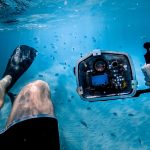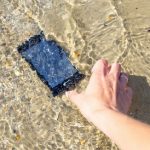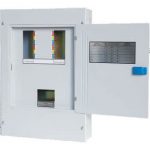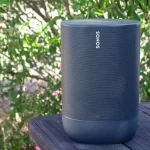The IP (Ingress Protection) enclosure system uses a 2-digit suffix to describe the degree of ingress protection for enclosures. IP55 provides dust protection against any particles that may interfere with operation, vs. IP65, which provides complete protection against the ingress of dust. In this article, you will learn about the IP protection system, compare IP55 vs. IP65 ratings, and learn about typical IP applications.
IP Protection System
The IP rating is an international standard. It determines the degree of protection or sealing efficacy in enclosures against the infiltration of objects, water, dust, and contact. Also, it is compliant with European Standard EN 60529.
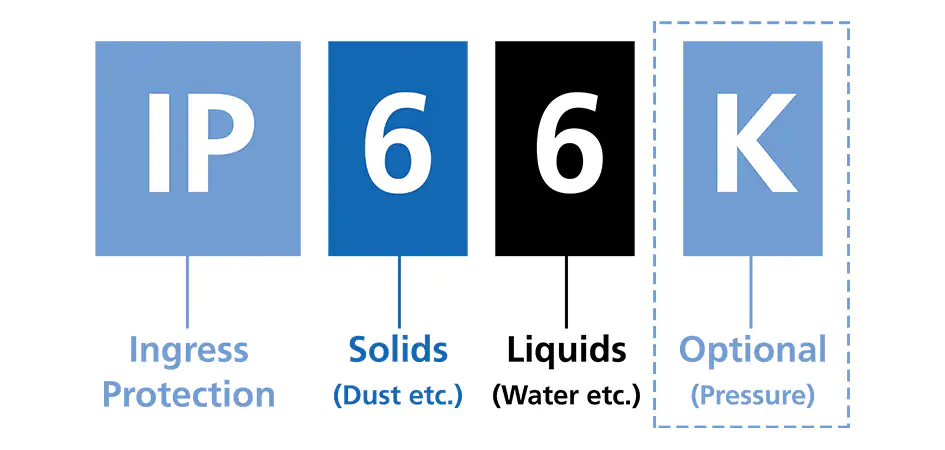
Products are noted by the initials IP (Ingress Protection), followed by two digits and an optional letter in the IP code. The two digits denote the level of intrusion protection versus solids and liquids. The optional letter notes the product’s resistant to pressure.
IP Ratings – Intrusion Protection
| Level | Intrusion Protection |
|---|---|
| X | No protection. |
| 1 | Protection from a large part of the body such as a hand (but no protection from deliberate access); from solid objects greater than 50mm in diameter. For example, accidental touch by hands. |
| 2 | Protection against fingers or other objects not greater than 80mm in length and 12mm in diameter. For example, fingers. |
| 3 | Protection from entry by tools, wires, etc, with a diameter of 2.5 mm or more. For example, tools, and wires. |
| 4 | Protection against solid objects larger than 1mm. For example, wires, nails, screws, larger insects, and other potentially invasive small objects such as tools/small, etc. |
| 5 | Partial protection against dust that may harm equipment. |
| 6 | Totally dust-tight. Full protection against dust and other particulates, including a vacuum seal, tested against continuous airflow. |
IP ratings – Moisture Protection
| Level | Moisture Protection |
|---|---|
| X | No protection. |
| 1 | Protection against vertically falling droplets, such as condensation. ensuring that no damage or interrupted functioning of components will be incurred when an item is upright. |
| 2 | Protection against water droplets deflected up to 15° from vertical |
| 3 | Protected against spray up to 60° from vertical. |
| 4 | Protected against water splashes from all directions. Tested for a minimum of 10 minutes with an oscillating spray (limited ingress permitted with no harmful effects). |
| 5 | Protection against low-pressure jets (6.3 mm) of directed water from any angle (limited ingress permitted with no harmful effects). |
| 6 | Protection against direct high-pressure jets. |
| 7 | Protection against full immersion for up to 30 minutes at depths between 15 cm and 1 meter (limited ingress permitted with no harmful effects). |
| 8 | Protection against extended immersion under higher pressure (i.e. greater depths). Precise parameters of this test will be set and advertised by the manufacturer and may include additional factors such as temperature fluctuations and flow rates, depending on equipment type. |
| 9 | (K): Protection against high-pressure, high-temperature jet sprays, wash-downs, or steam-cleaning procedures – this rating is most often seen in specific road vehicle applications (standard ISO 20653:2013 Road Vehicles – Degrees of protection). |
IP55 vs. IP65 Difference
Water protection for IP55 vs IP65 is the same (5). The differences lie in the dustproof grade number (5 vs. 6).
| Rating | Difference | Similarities |
|---|---|---|
| IP55 | Complete protection against live or moving parts inside an enclosure and harmful dust deposits. Dust is not completely prevented, but will not interfere with machine operation. | Projected water from any angle has no harmful effect. |
| IP65 | Complete dust ingress protection as well as contact with live or moving parts inside the enclosure. | Projected water from any angle has no harmful effect. |
Common IP Applications
The universal IP rating system gives buyers confidence that they can use products in a certain environments. For example, the term ‘waterproof’ doesn’t provide a clear definition of where and to what extent an item can resist moisture ingress. Therefore, an IP rating provides a far more specific account.
Protective IP cases may apply to lighting, controllers, electric instruments, power supply, industrial camera housings, desktop electronics, and measuring/control equipment, to name a few. Instrument applications such as volt-meters, digital thermometers, and flow readers are also common. Additionally, electrical motors often bear the IP designation.
IP-rated enclosures compete in the industrial market with the NEMA (National Electrical Manufacturers Association) designation.
Common IP 65 Applications
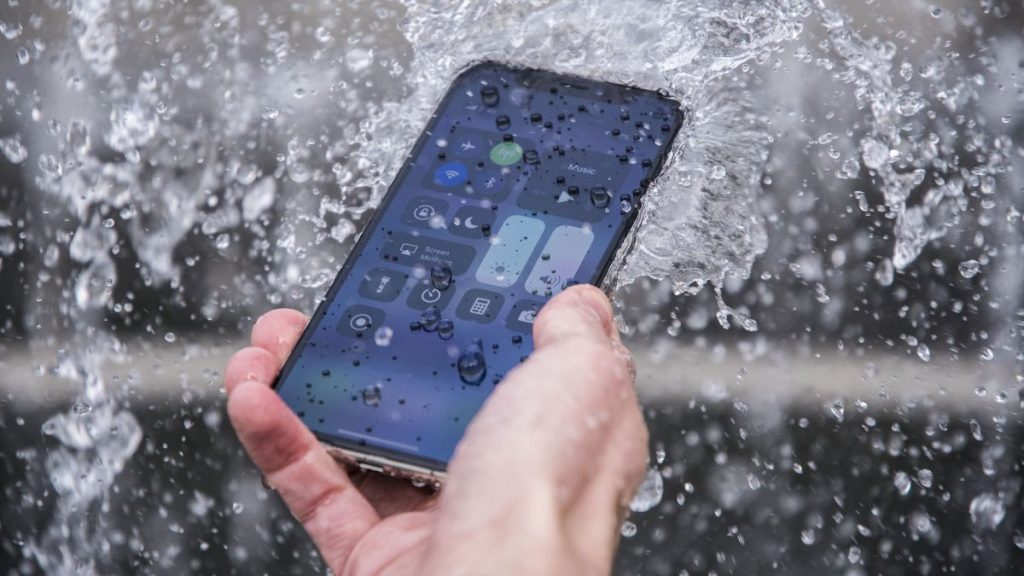
The IP65 used to provide a common rating for mobile phones, but today’s phones typically boast an even higher level of protection against water. For instance, the iPhone 13 clocks in with an IP68 rating. This means it can handle a submerged water condition of 6 meters for up to 30 minutes.
Lighting applications often require the completely dust-proof protection afforded by IP65.

Common IP55 Applications
Electrical doorbells provide a common example of an IP55 application. Typically, these doorbells are allowed to accumulate dust, but not to the degree that it interferes with the operation.
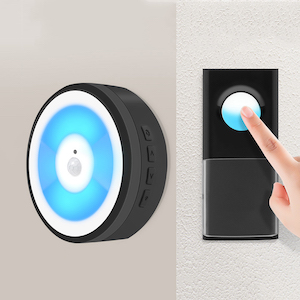
Electric motors also often use the IP55 designation as it allows for a cost-effective and highly dependable option for most industrial applications. The IP55 rating provides a more cost-effective solution vs. IP65.
IP55 vs IP65 – Which To Choose?
When determining the right IP rating to specify, engineers must be vigilant to consider potential ingress from less obvious sources of moisture or particulates, such as condensation, steam, and accumulating dust in harder-to-reach areas.
In some scenarios, IP55 allows for a more economical solution, but often there’s no increased cost for IP65. It is easy to visualize how the dust-free IP65 rating would provide benefits for lighting, yet the IP55 solution would suffice for a doorbell. Thus, engineers should carefully consider any long-term requirements prior to specification.
